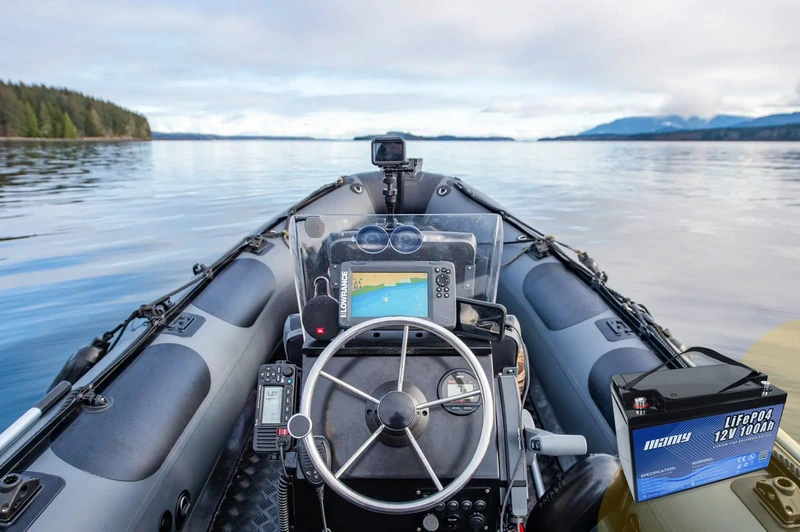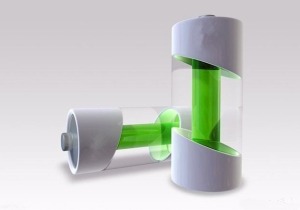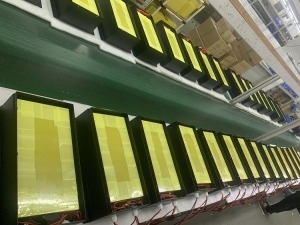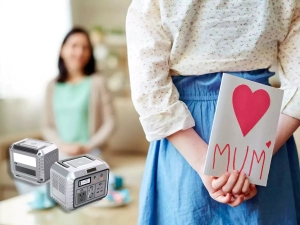Quale batteria per alimentare gli accessori su una barca
Sommario
- Quale batteria per alimentare gli accessori su una barca
- Da dove iniziare con la selezione della batteria
- Comprendere i diversi tipi di batterie marine
- Guida alle dimensioni della batteria della barca
- Regole chiave per la manutenzione delle batterie marine
- How to Replace Your Boat's Battery
- Ricarica di una batteria marina
- Suggerimenti per evitare problemi con la batteria
- Problemi elettrici comuni sulle barche
- Come prevenire gravi problemi elettrici sulla tua barca
- Affrontare i guasti elettrici della barca
- I maggiori problemi elettrici sulle barche
- Considerazioni finali sui sistemi elettrici marini
- Ulteriori informazioni sulla batteria

Da dove iniziare con la selezione della batteria
When you're deciding on the right boat battery for your accessories, it’s important to start by considering the power needs of your vessel. Different boats have varying electrical demands, depending on the number and type of accessories you have onboard. For instance, if you have a small fishing boat with minimal electronic equipment, your power requirements will be much lower than those of a larger vessel outfitted with multiple electronic systems.A good place to begin is by checking your boat’s owner's manual. This will often provide recommended marine battery types, sizes, and ratings that are suited to your boat's electrical setup. If your current battery has been functioning well, you may consider sticking with the same type or model. However, if you’ve added new equipment or if your existing battery no longer meets your needs, it might be time to explore other options.For example, if you've upgraded your boat with a more sophisticated electronics package, the power draw might be significantly higher than it was before. In such cases, you’ll want to ensure that your new batteria marina a ciclo profondoha una potenza ampere-ora sufficiente per gestire il carico aggiuntivo. Ciò è particolarmente importante per accessori come i motori da pesca alla traina, che richiedono alimentazione continua per periodi prolungati. In caso di dubbi, consultare un esperto marino per determinare la soluzione migliore per la propria configurazione specifica.Comprendere i diversi tipi di batterie marine
There are several types of batteries to choose from, depending on your boat's needs. The three most common are starting batteries, deep cycle batteries, and dual-purpose batteries.- Avvio delle batterie: Sono progettati per fornire una rapida erogazione di potenza per avviare il motore dell'imbarcazione. Forniscono corrente elevata per brevi periodi ma non sono destinati ad alimentare accessori per lunghi periodi. Una volta avviato il motore, subentra l'alternatore e la batteria di avviamento non viene più utilizzata.
- Deep Cycle Marine Battery: This type of battery is built to provide a steady flow of electricity over long periods. It is ideal for powering accessories like lights, GPS systems, and trolling motors. Unlike starting batteries, deep cycle batteries are designed to be discharged and recharged repeatedly, making them perfect for running boat accessories.
- Batterie a doppio uso: A dual-purpose battery combines the functionality of both starting and deep cycle batteries. This means you can use it to start your engine and power your accessories. However, while it saves space and may be a good choice for smaller boats, it typically doesn’t offer the same level of performance as dedicated starting or deep cycle batteries.
Guida alle dimensioni della batteria della barca
Marine batteries come in various sizes, which are often referred to by group numbers like 24, 27, and 31. The group size simply refers to the physical dimensions of the battery, not its power capacity. It’s crucial to choose a battery that fits securely in your boat’s battery compartment.Larger batteries, such as Group 31, tend to have higher capacities and can store more energy, which means they can power your accessories for longer periods. However, the trade-off is that they are bulkier and heavier. Be sure to select a battery that balances your space limitations with your boat’s power requirements.Regole chiave per la manutenzione delle batterie marine
Maintaining your marine battery is just as important as selecting the right one. Here are some essential rules to keep in mind:- Ricarica dopo ogni utilizzo: Dopo ogni viaggio, ricaricare completamente la batteria della barca per evitare che si scarichi nel tempo. Per gli utenti di batterie marine a ciclo profondo, questo è particolarmente importante, poiché scaricare troppo profondamente la batteria può ridurne la durata.
- Evitare di scaricare al di sotto del 50%: Per le batterie al piombo acido, non lasciare mai che la carica scenda al di sotto del 50%, poiché ciò può causare danni irreversibili. D’altro canto, le batterie marine al litio possono gestire scariche più profonde, rendendole un’opzione più duratura a lungo termine.
- Monitorare lo stato della batteria: Use a battery monitor or an app provided by the manufacturer to keep an eye on your battery's state of charge (SOC), temperature, and other critical parameters. This helps prevent unexpected battery failures while you’re out on the water.
- Scegli il caricabatterie giusto: assicurati di utilizzare un caricabatterie che corrisponda alla chimica e alla capacità della batteria. Perbatterie marine al litio a ciclo profondo, spesso è necessario passare a un caricabatterie specificamente progettato per la tecnologia al litio per ottimizzare prestazioni e longevità.




















